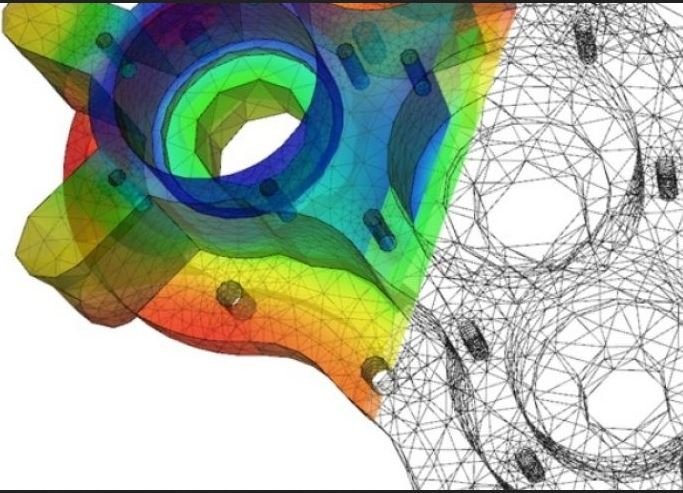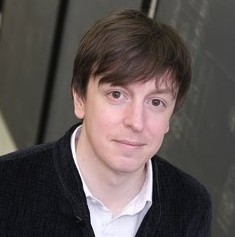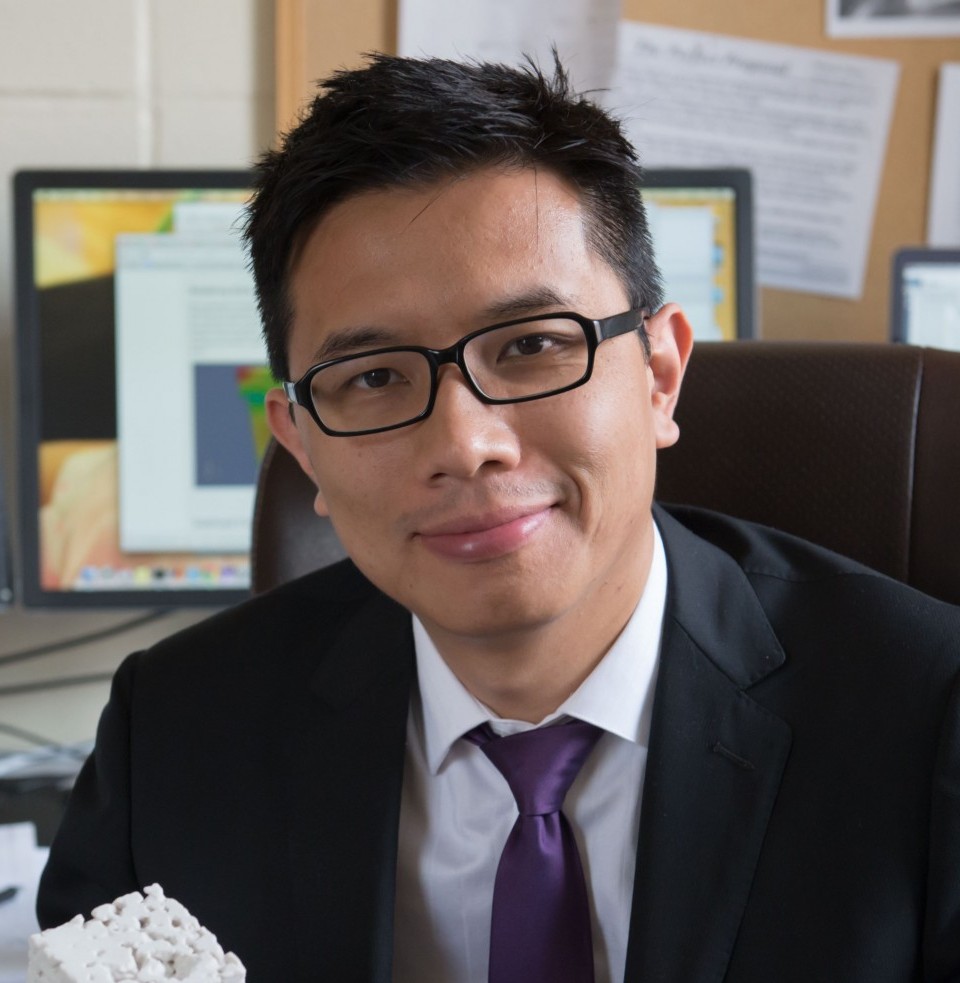Research in Computational Mechanics in the department of Civil Engineering and Engineering Mechanics is led by Professors Fish, Waisman, Giometto and Sun and involves a wide range of topics, for example:
- Advanced discretization techniques for modeling fracture phenomena of natural or man-made solids subject to a range of loading conditions, e.g. damage and phase field methods, extended finite element methods, and cohesive zone methods.
- Multiscale and multigrid methods in space and time, e.g. homogenization and concurrent approaches, coupling of atomistic/discrete/continuum systems, dimensional-reduction methods with applications to composite materials, energetic materials, concrete, metals, printed materials and geomaterials such as soil, rock and ice.
- Solver techniques and analysis of multi-physics problems, e.g. hydraulic and chemo-driven fracture, crystallization induced damage, impact and blast problems, and fluid-structure interaction.
- Development and validation of turbulence closure models (large-eddy simulation, Reynolds-averaged Navier-Stokes), and design of reduced-order formulations for boundary-layer and canopy flows.
- Verification and validation, e.g. numerical analysis, optimization, error estimation and error analysis, inverse problems that leverage data from micro-CT images, digital image correlation and other advanced experimental techniques.
- Stability and material bifurcation of path-dependent solids, e.g. shear banding, brittle and ductile fracture and cataclastic flow.
- Software development, high-performance computing and adaptive methods.





